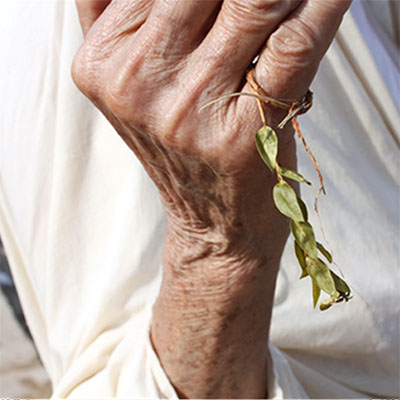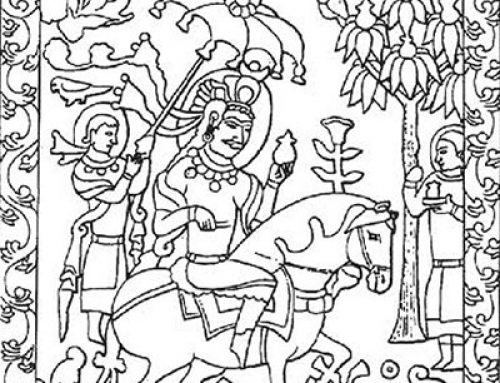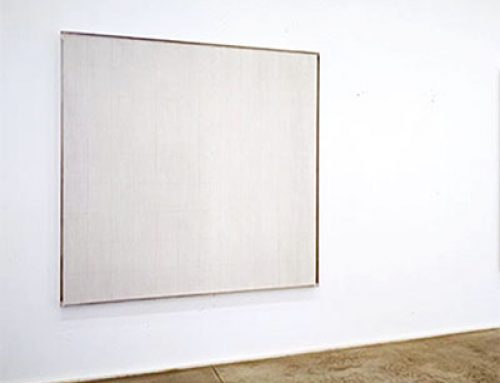Yardna (river) is the manifestation of God
A window into the Sabean Mandaean religion of Iran
Introduction
Sabine Mandaee – the followers of Hazrat Yahya (AS) – are one of the oldest monotheistic and bookish people who estimate their antiquity from the time of Hazrat Adam (AS). Mandaean roots can be traced back to the Gnostic religions, especially the Encyclicals. These people live in Khuzestan province, especially Ahvaz, near the Karun River, and many of their compatriots, except for some of their fellow citizens of Khuzestan, have not even heard of them. The most important and important part of the Sabean religion is purity and baptism, which every Mandaean believer must do on Sunday, as well as in special circumstances such as purity, marriage, death, and so on. Baptism must be performed in the river (Yardena) by a religious cleric.
This ancient historical ritual is mentioned in the Holy Quran. These peoples are known in history as Sabi, Moghtasleh, Mandai and Yahya, and it seems that the name “Sabein” is an interpretation used by the Qur’an, and later this people introduced themselves to this name and as a divine religion in Islamic society. Were recognized. Researchers claim that the word “soap” is Hebrew and means “to dive into the water for baptism.” The French Encyclopedia and Dehkhoda Culture states that: “Sa’ibin is the Arabic plural of Sabi and is derived from the Hebrew root” Saba “meaning to sink into the water,” meaning baptizers, which, when defined, have been dropped. And the term “Mandaean” from the Aramaic word “Manda” or “Mandai” means knowledge, which is the name of the greatest angel and savior of this religion, and it is the knowledge that has emerged from the universe itself.




